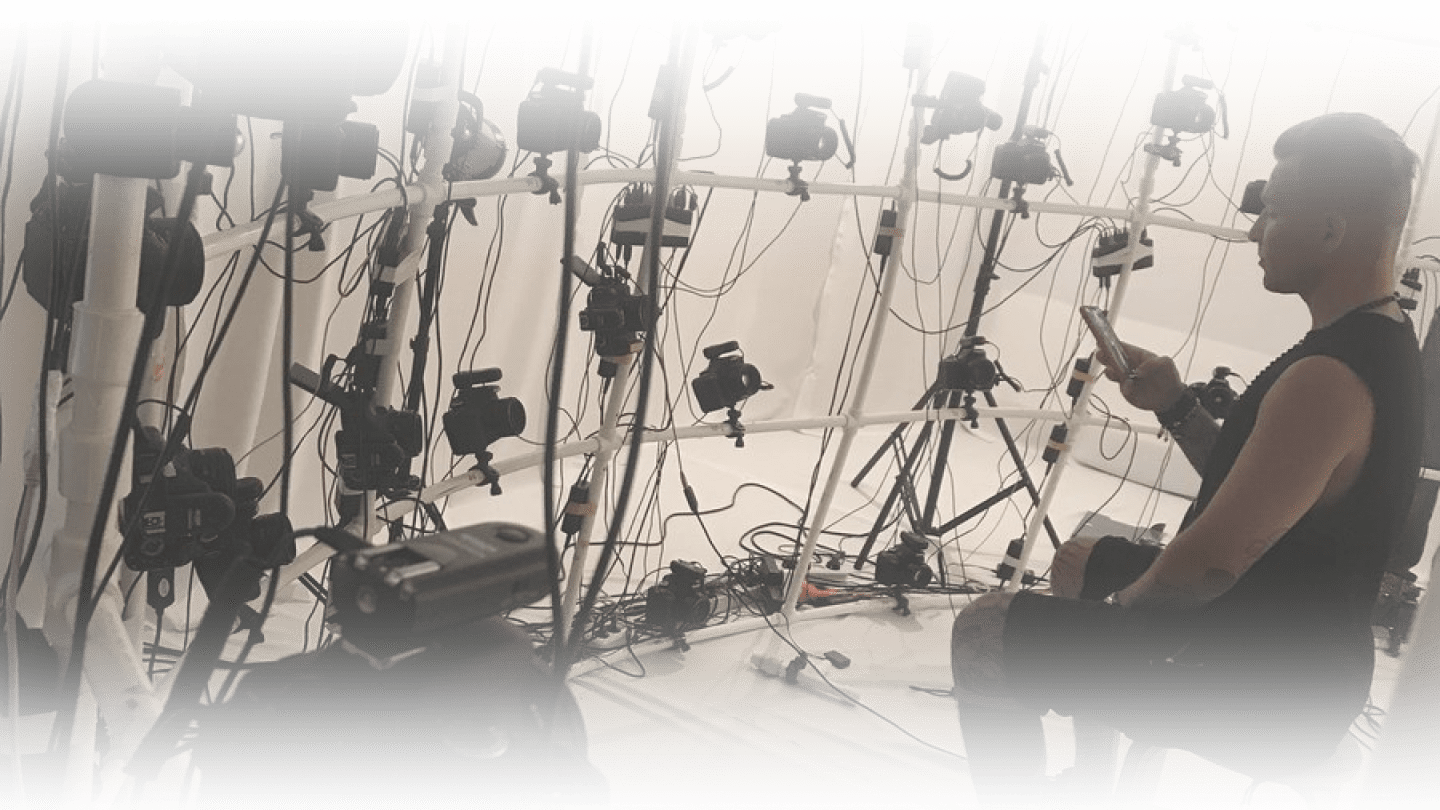

Imagine – you are creating a computer game. There are a lot of unknowns waiting for you at every step, and every question—from which operating system to choose, to which genre (shooter or RPG?)—haunts a game developer in pre-production. You choose the system and the mechanics for the game, work out the smallest details to do with the genre, and figure out the game’s mechanical aspects, all while assembling your unique vision into a clear plan.
So now, all you have to do is figure out what to do with the plot and the script. There’s just a few questions to tackle: “How long will it take to complete the story?”; “How many active heroes will there be?”; “Will your character talk as in Bioshock or will they be silent as in Half-Life?”; “If there are cut-scenes, which ones will be in the first person and which will be in the third?”; “How many will there be?”; “Will it be all “action and explosions” or will it be full of dialog and Tarantino-esque gimmicks?”
Does that sound academic enough?
Naturally!
When you look at the work you’ve done in retrospect, that’s exactly what it sounds like. In fact, those were only a few of the issues that we had to work out, and it wasn’t like that. Of course, we had a plot, but we hadn’t put it together into dialog yet. And we also knew that the main character would not be silent, because he had too much to say (sometimes with a lot obscenities).
And, of course, we wanted to make sure that the player never, I repeat, never wanted to skip these cutscenes. After all, ours is a story-driven game, which means that our efforts would have been worthless if the player skips the cut-scene.
It was with these thoughts in mind that we came to an understanding of the production, its scale, and all the work that was ahead of us.
Now, we have our own production studio in Mundfish. We wrote an amazing story and brought in the best people for the job. Out of the 278 auditions we held, 7 people were chosen. We had Major Nechaev (P-3) picked out from the get-go because it seemed that our actor Sasha Lomov was born to play the role.
Then, we ordered Xsense suits and Dynamixyz helmets. We learned how to work with all this new tech, as well as how to record and interpret data from mocap and facial cameras. We created 3D scans of our heroes with 56 emotions, and we ordered stunning, high-quality rigs from the best people in the world. We spent a year setting everything up and making sure that everything worked.
Of course, we did not forget about the virtual camera so that our talented cameramen could shoot cut-scenes just as they do in real life. And, of course, we mounted them just like they do for best blockbusters.
We have done all this so that you can enjoy a whole one and a half hours of amazing cutscenes in Atomic Heart—the plot of a powerful sci-fi thriller made by those who not only love their work, but who are absolutely crazy about it.

